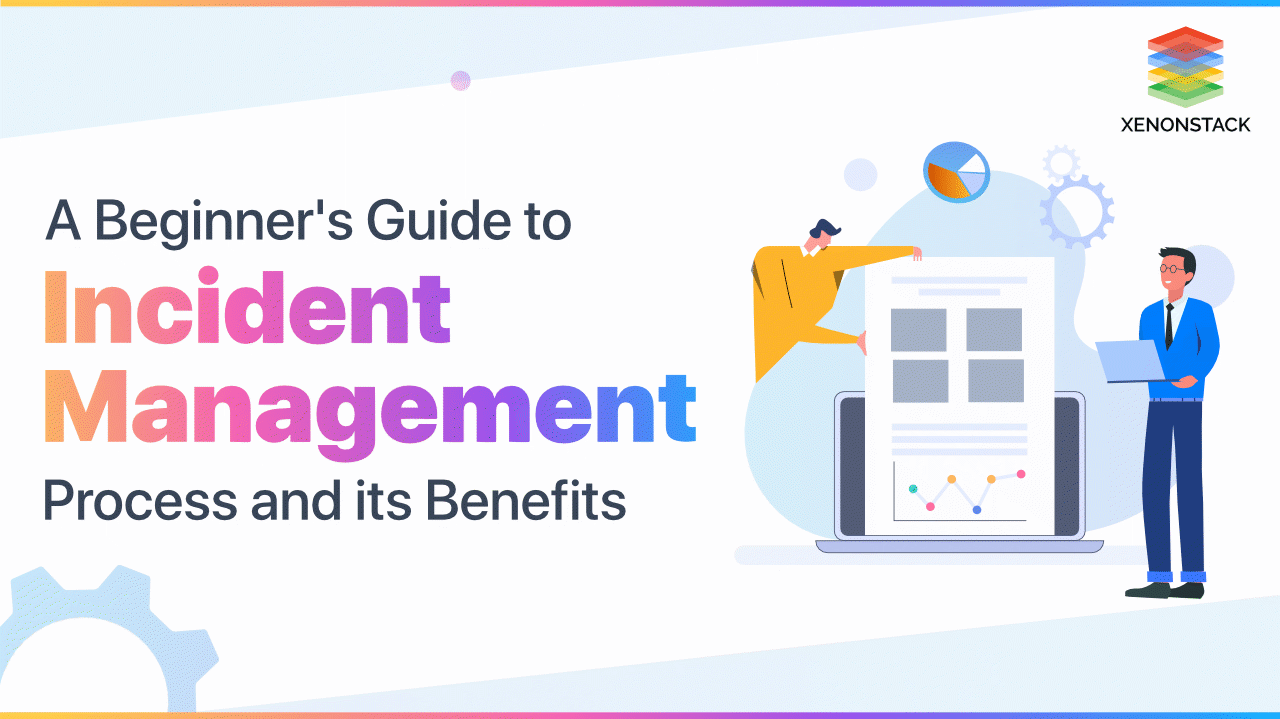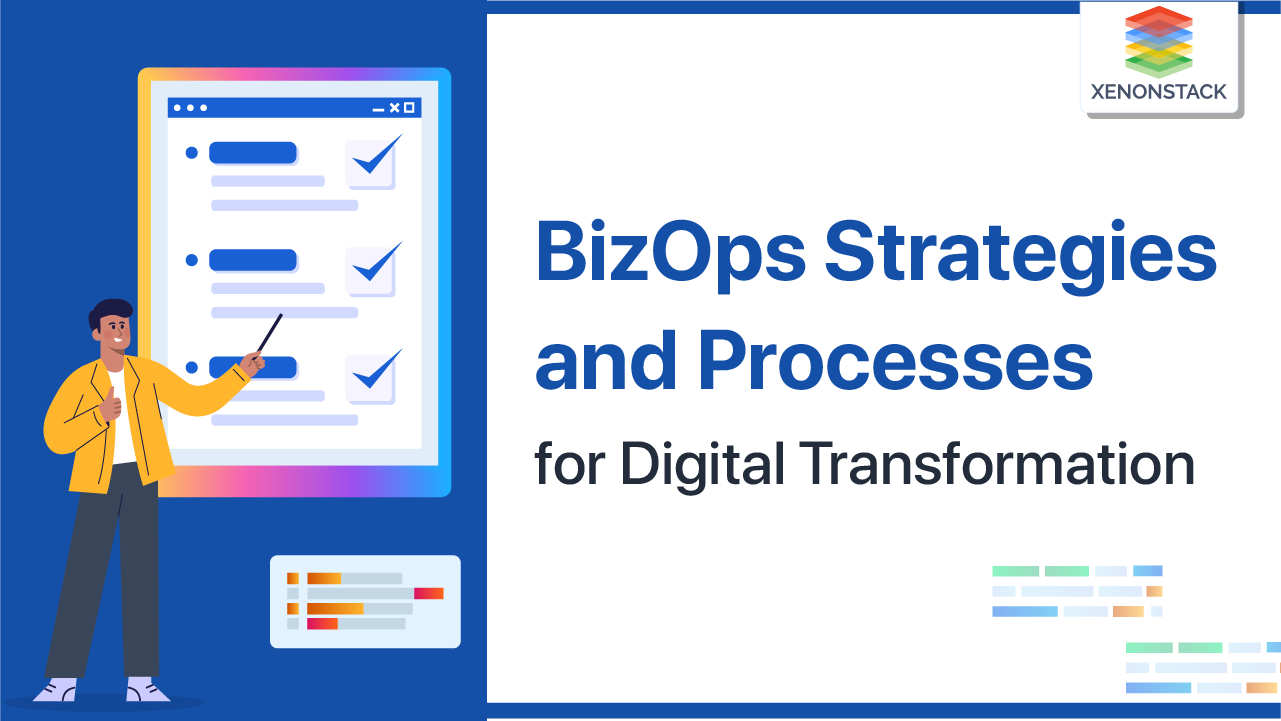
In today’s fast-paced and competitive business environment, effective product and project management is crucial for delivering products that meet customer needs, align with business goals, and hit the market at the right time.
Product and project management can be overwhelming, from crafting product roadmaps to managing backlogs, sprints, and user stories. However, AI agents and advanced tools can make these tasks significantly easier and more efficient.
This comprehensive guide explores how AI agents are revolutionizing product and project management, making each process phase more innovative and more efficient. Let's dive into how Agentic AI transforms critical product development and project management.
What is meant by Product Management?
Product management is a complex field that is often misunderstood. Product management involves everything from creativity and discovery to marketing and sales. Product management is looking at the big picture and mapping out the best path for the company and its future products.
In a nutshell, product managers are responsible for managing the process of creating new products. Depending on the company, a product manager might also be responsible for marketing, sales, and creating strategy. There are many different types of product management jobs. Some product managers work for software companies and manage new software development. Others work in healthcare, manufacturing, or agriculture, where the product is something other than software Functional Specification Document.
 Fig 1: Product Management
Fig 1: Product Management
It's important to clarify that product management is not project management. It's true that project and product managers put out fires and meet deadlines, but their areas of influence differ significantly. Product managers create long-term plans and map everything from the initial idea to the product rollout and maintenance. On the other hand, project managers are tasked with managing the daily activities related to a single project.
Top 5 Ways AI Agents Can Help You Build the Perfect Product Roadmap
A successful product roadmap requires strategic thinking, market research, and constant adjustments. AI agents are transforming this process by offering features that can automatically predict trends, prioritize features, and update the roadmap as new information emerges.
 Fig 2: Process Flow of Product Management
Fig 2: Process Flow of Product Management
-
Data-Driven Market Insights: AI agents can process large amounts of market data, analyzing competitor products, customer feedback, and industry trends to suggest the most valuable features and functionalities to include in your product roadmap. This ensures you are always a step ahead in addressing market needs.
Example: Airbnb uses AI to analyze customer behavior and market trends to refine its product roadmap, adding new features based on what their users are demanding most. -
Real-Time Adjustments: As business priorities shift or new customer feedback is received, AI agents can automatically adjust the product roadmap to reflect the changes. This dynamic approach ensures your product stays relevant and aligned with the evolving market demands.
Example: Spotify uses AI to adjust its product roadmap based on user listening patterns and feedback, continuously improving its app with features like playlist recommendations and personalized song suggestions. -
Prioritization Tools: AI agents can help prioritise product features by analyzing previous feature success rates and user preferences. Using frameworks like MoSCoW (Must have, Should have, Could have, Won’t have), AI tools suggest which features will most impact customer satisfaction and business success.
Example: Google uses AI to help prioritize product features that have the potential to improve user engagement and business metrics significantly. -
Predictive Analytics for Future Trends: AI agents forecast customer needs and trends by examining patterns in data. They can predict future pain points, enabling your roadmap to focus on the next significant market shift before it happens.
Example: Amazon employs AI agents to anticipate future trends in e-commerce, adjusting its product offerings and logistics strategies to meet emerging customer needs well in advance. -
Automation of Roadmap Updates: AI agents can automatically update your product roadmap as new milestones are completed or new tasks emerge, allowing product managers to focus on strategic decisions rather than routine updates.
Example: Atlassian helps product teams stay on track by automatically updating project roadmaps based on user feedback and sprint performance, streamlining the management process.
Agentic AI-Driven Product Development Strategy: 3 Ways AI Can Supercharge Your Approach
Creating a product development strategy that balances user needs, resource allocation, and timely delivery is essential to achieving business goals. AI agents provide powerful features that enhance each phase of the development process.
 Fig 3: Product Development Strategy
Fig 3: Product Development Strategy
-
Automated Resource Allocation: AI agents can analyze team members' skills, availability, and past performance to optimize resource allocation. Assigning tasks to the most qualified people, these tools help reduce bottlenecks and ensure efficient use of time and resources.
Example: Microsoft Teams offers intelligent suggestions for assigning tasks based on team member availability and past work, ensuring optimal productivity. -
Predictive Risk Management: AI agents can predict potential risks by analyzing historical project data and identifying patterns that led to delays or failures in previous development cycles. This allows teams to mitigate risks early on, making the strategy more reliable.
Example: Tesla uses AI agents to analyze supply chain data, helping identify potential risks and taking proactive steps to prevent product development delays. -
Continuous Monitoring and Adjustment: With AI agents integrated into the product development lifecycle, teams can track progress in real-time. AI tools can analyze completed tasks and suggest improvements or reallocations as needed. This continuous monitoring ensures that no aspect of the strategy goes off course.
Example: Slack integrates AI-driven data insights to monitor team performance and suggest optimizations for better collaboration and productivity.
Backlog Grooming vs. Sprint Planning: How AI Agents Can Streamline the Process
Both backlog grooming and sprint planning are crucial agile ceremonies, but they often involve time-consuming manual work. AI agents streamline both processes, making them faster, more efficient, and less prone to errors.
|
Aspect |
Backlog Grooming |
Sprint Planning |
How AI Agents Help |
|
Purpose |
Refine, prioritize, and clarify backlog items |
Define what work will be done in the next sprint |
AI Agents analyze past data to auto-prioritize tasks and recommend sprint goals |
|
Timing |
Ongoing or scheduled before sprint planning |
Held at the start of each sprint |
AI suggests optimal grooming/planning times based on team velocity and availability. |
|
Key Participants |
Product Owner, Scrum Master, Dev Team |
Entire Scrum Team (including Product Owner) |
Virtual AI agents simulate meetings, summarize discussions, and suggest resolutions. |
|
Output |
Updated and prioritized backlog items |
Sprint backlog and clearly defined sprint goals |
AI tools generate sprint-ready tasks with estimated effort and dependencies. |
|
Focus |
Understanding, refining, and breaking down user stories |
Committing to a specific set of tasks for the sprint |
AI classifies stories based on complexity and relevance and aligns them with sprint capacity |
|
Challenge Without AI |
Time-consuming, subjective prioritization |
Misaligned sprint goals, over- or under-commitment |
AI eliminates bias, automates effort estimation, and ensures alignment with the roadmap |
|
AI Agent Contribution |
Intelligent backlog grooming suggestions, auto-tagging, effort estimation |
Thoughtful sprint planning, capacity forecasting, dependency resolution |
End-to-end coordination of grooming and planning with real-time data insights |
Creating Agile User Stories: 5 Ways AI Agents Can Optimize Your Workflow
User stories are vital to agile development as they define users' needs and guide development efforts in delivering valuable features. AI agents make crafting and managing user stories more efficient and effective.
-
Automated User Story Creation: AI agents can generate user stories automatically by analyzing product requirements, user feedback, and other data sources. This minimizes the manual drafting effort and ensures that user stories are relevant and comprehensive.
Example: GitHub offers AI-driven features that automatically generate user stories from feature requests, reducing manual input from product managers. -
Improving Story Quality: AI agents use natural language processing (NLP) to suggest improvements to user stories, ensuring clarity and conciseness. They help rewrite ambiguous or overly complex stories, making them easier for the development team to understand.
Example: ZenHub applies NLP to review user stories for clarity, ensuring they are actionable and aligned with development goals. -
Tracking and Managing Backlog Items: AI agents help manage user stories and their status in the backlog, automatically updating their progress and ensuring no item is overlooked.
Example: Pivotal Tracker automatically updates user story status, helping teams keep their backlogs organized and prioritized. -
Estimation Assistance: AI agents can help teams estimate the effort required for each user story by analysing historical data and providing realistic time estimates. This ensures that only achievable stories are included in each sprint.
Example: The process uses historical data to estimate user story complexity, improving sprint planning accuracy. -
User Story Refinement: Based on user feedback and testing, AI agents suggest refinements to user stories, improving their alignment with customer needs. This iterative process ensures that the user stories continue to add value and meet the target audience’s expectations.
Example: UserVoice tracks customer feedback and automatically suggests refinements to existing user stories based on emerging trends.
7 Tips for Efficient Project Management Using AI Agents
Managing a project requires constant optimization to stay aligned with objectives while delivering quality results. Here are seven innovative ways AI agents can enhance project management efficiency:
 Fig 4: Tips for Efficient Project Management Using AI Agents
Fig 4: Tips for Efficient Project Management Using AI Agents
-
Predicting Project Outcomes: Leveraging historical data, intelligent systems can forecast project success rates, offering early warnings on potential delays or risks. This foresight empowers teams to refine strategies proactively.
-
Optimizing Resource Management: Real-time monitoring helps identify underutilized resources and suggests more efficient allocations. This ensures smooth workflows, prevents bottlenecks, and keeps the team aligned with project goals.
-
Smart Task Prioritization: By evaluating dependencies and business impact, the system can automatically rank tasks, ensuring high-value activities are addressed first and deadlines are met more consistently.
-
Automated Progress Tracking: Project progress is continuously monitored, with instant notifications for delays or bottlenecks. This enables project managers to intervene early and keep everything on schedule.
-
Enhancing Team Collaboration: Analyzing communication patterns and workload distribution leads to actionable suggestions that improve team dynamics, streamline task assignments, and enhance overall coordination.
-
Data-Driven Decision-Making: With access to large volumes of structured and unstructured data, teams receive actionable insights that support smarter decisions—feature selection, resource planning, or sprint planning.
-
Proactive Risk Management: Potential issues are identified by examining historical trends and current progress. Early risk detection allows for timely mitigation strategies, reducing project disruptions.
Best practices for AI Agents project management
Define Clear Objectives and Use Cases: Begin by identifying specific problems that AI agents will address—such as automating status reports, detecting delays, or assigning tasks. This clarity ensures the agents are purpose-driven and aligned with project goals.
Start Small with Targeted Implementation: Deploy AI agents in limited, high-impact areas first (e.g., task tracking or meeting summarization). This controlled approach helps validate effectiveness, builds user confidence, and allows you to iterate before scaling.
Integrate with Existing Tools and Workflows: Choose AI solutions that seamlessly integrate with tools your team already uses—like Jira, Asana, Slack, or Microsoft Teams. This improves user adoption and reduces friction in day-to-day project workflows.
Enable Human-in-the-Loop Oversight: Design agents with clear boundaries and ensure critical decisions remain under human control. The HITL (human-in-the-loop) approach allows AI to support, not replace, project managers and team leads.
Continuously Monitor Performance and Feedback: Track metrics such as task completion rates, productivity gains, and user satisfaction. Use this data to refine agent behaviour and ensure they’re delivering measurable value over time.
Real-Life Use Case: AI Agent for Predictive Resource Management in Project Management
In one of our ongoing projects, we integrated AI agents into the project management workflow to handle resource allocation and optimize project timelines.
The Problem:
Our project team managed multiple parallel initiatives, and resource allocation became a bottleneck. Manual tracking of individual team member availability and performance led to inefficiencies, resulting in some team members being underutilized while others were overburdened. This imbalance created delays and decreased the overall efficiency of the project.
The Solution:
We implemented an AI-powered tool to automate resource allocation. The AI agent analyzed data from previous projects, such as team member performance, past work output, and availability. It used this information to suggest optimal task assignments, ensuring that tasks were distributed based on each team member’s strengths, skill sets, and past performance.
Additionally, the AI agent used predictive analytics to anticipate workload peaks and potential resource bottlenecks, allowing the team to adjust schedules and reassign tasks where necessary proactively. The AI also monitored the team’s progress in real time, suggesting adjustments to resource allocation if certain tasks were lagging or a member was overburdened.
The Outcome:
By using the AI agent, the team significantly reduced project delays. Resource allocation was more balanced, and productivity increased because people were assigned the right tasks at the right time. The AI's predictive capabilities allowed the team to anticipate potential issues, such as resource shortages or task overloads, before they become critical. As a result, the project was completed ahead of schedule and within the allocated budget.
The future of AI Agents in project management
This use case demonstrates how AI agents can significantly improve the efficiency and effectiveness of project management by automating resource allocation and providing predictive insights that help managers make informed decisions in real-time.
-
Rise of Autonomous Project Agents: AI agents will evolve from assistants to autonomous coordinators who can manage entire workflows—assigning tasks, reallocating resources, and escalating issues with minimal human input. This will reduce managerial overhead and enable leaner teams.
-
Integration into Multi-Agent Systems: Project environments will leverage multi-agent systems where specialized agents (for scheduling, budgeting, risk, and communication) collaborate to manage different aspects of a project. These agents will share context and decisions in real-time, improving efficiency and reducing silos.
-
Predictive and Proactive Decision-Making: AI agents will move beyond reacting to changes—they’ll predict risks, forecast delays, and proactively suggest alternatives. Leveraging historical project data and machine learning models, agents will become key decision-support tools for project leads.
-
Natural Language Interfaces for Project Control: Managers and teams will interact with AI agents via natural language—text or voice. You’ll be able to ask, “What’s the status of the Q2 roadmap?” or “Delay the testing phase by three days,” and the AI agent will take action instantly, bridging the gap between people and platforms.
-
Data-Driven Optimization of Team Performance: AI agents continuously analyze communication, task updates, and productivity patterns to offer real-time performance insights. They’ll help identify burnout risks, recommend team reshuffles, or suggest more efficient task sequencing to improve project outcomes.
Next Steps with AI Agents for Product Management
Talk to our experts about implementing advanced AI agent systems and discover how organizations are leveraging Decision Intelligence to drive a decision-centric approach to product and project management. Use AI to automate task coordination, optimize roadmaps, and enhance cross-functional alignment—boosting efficiency, agility, and responsiveness across the development lifecycle.




